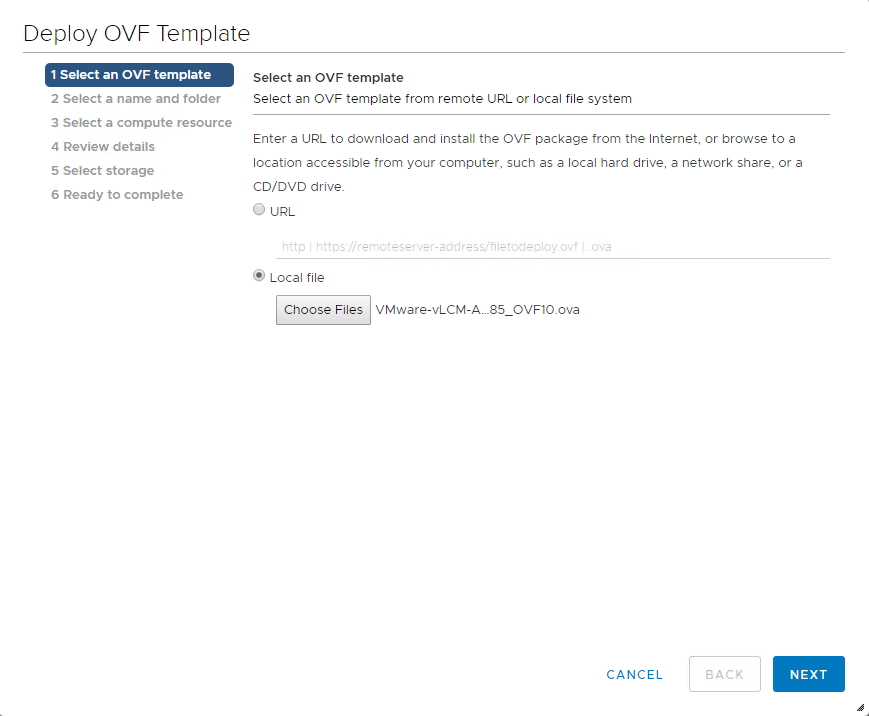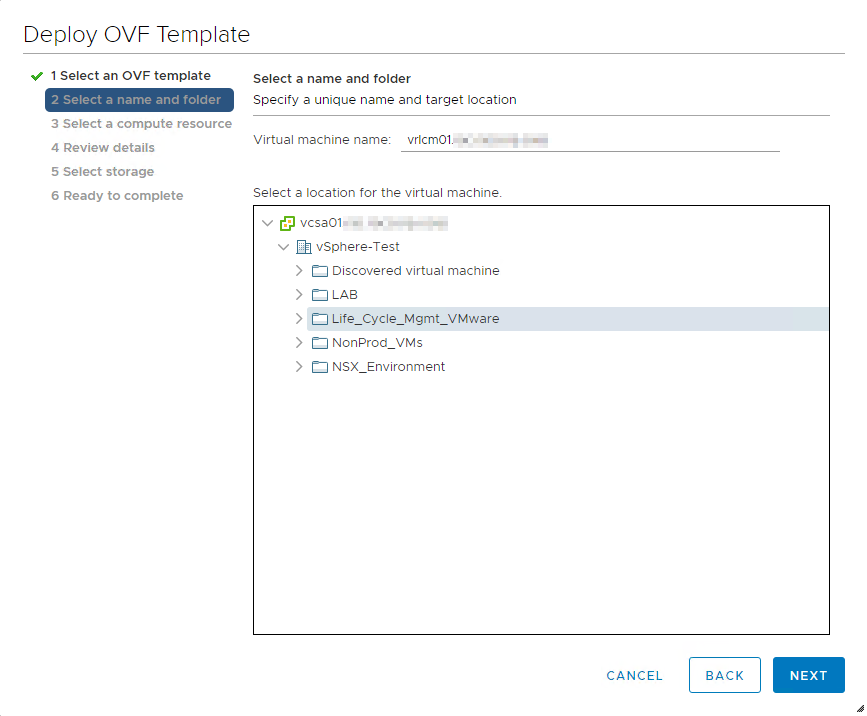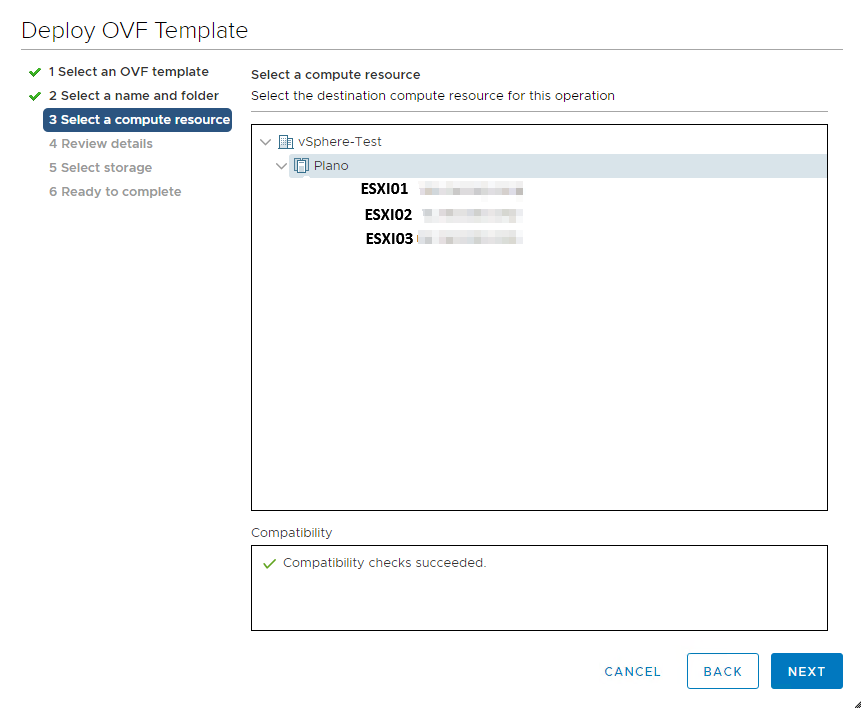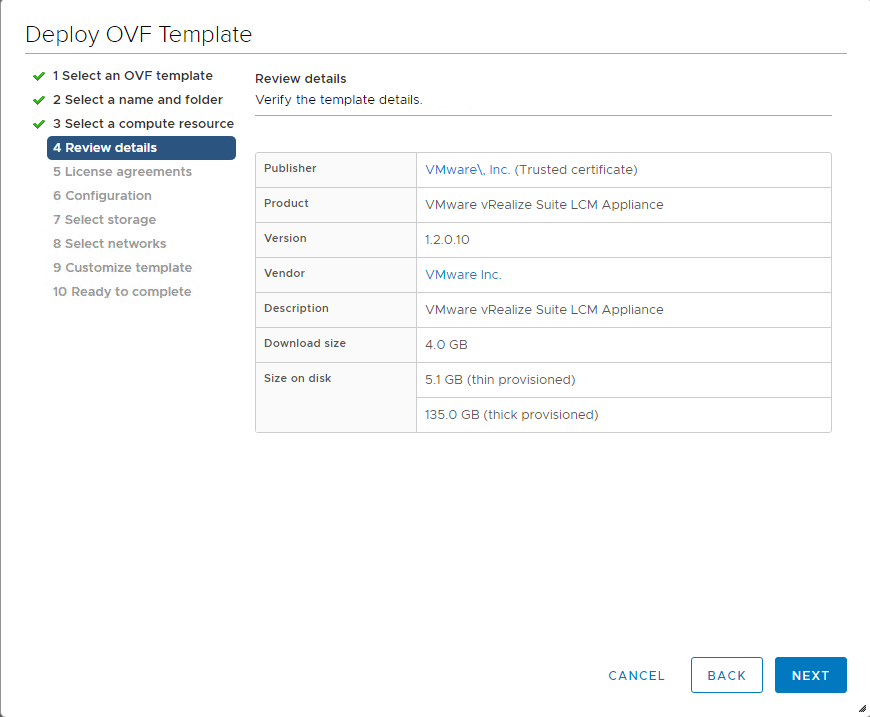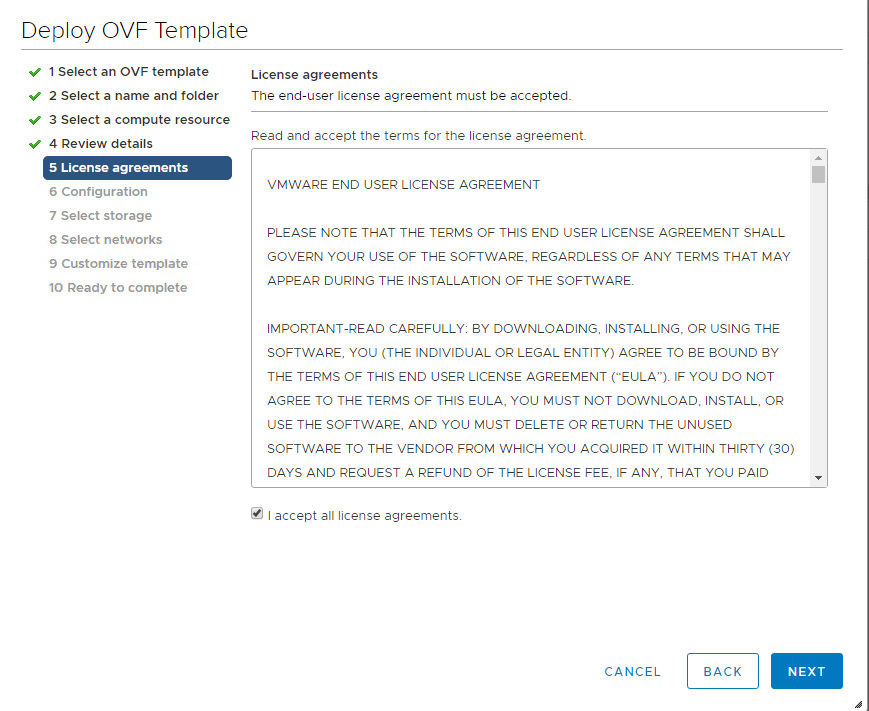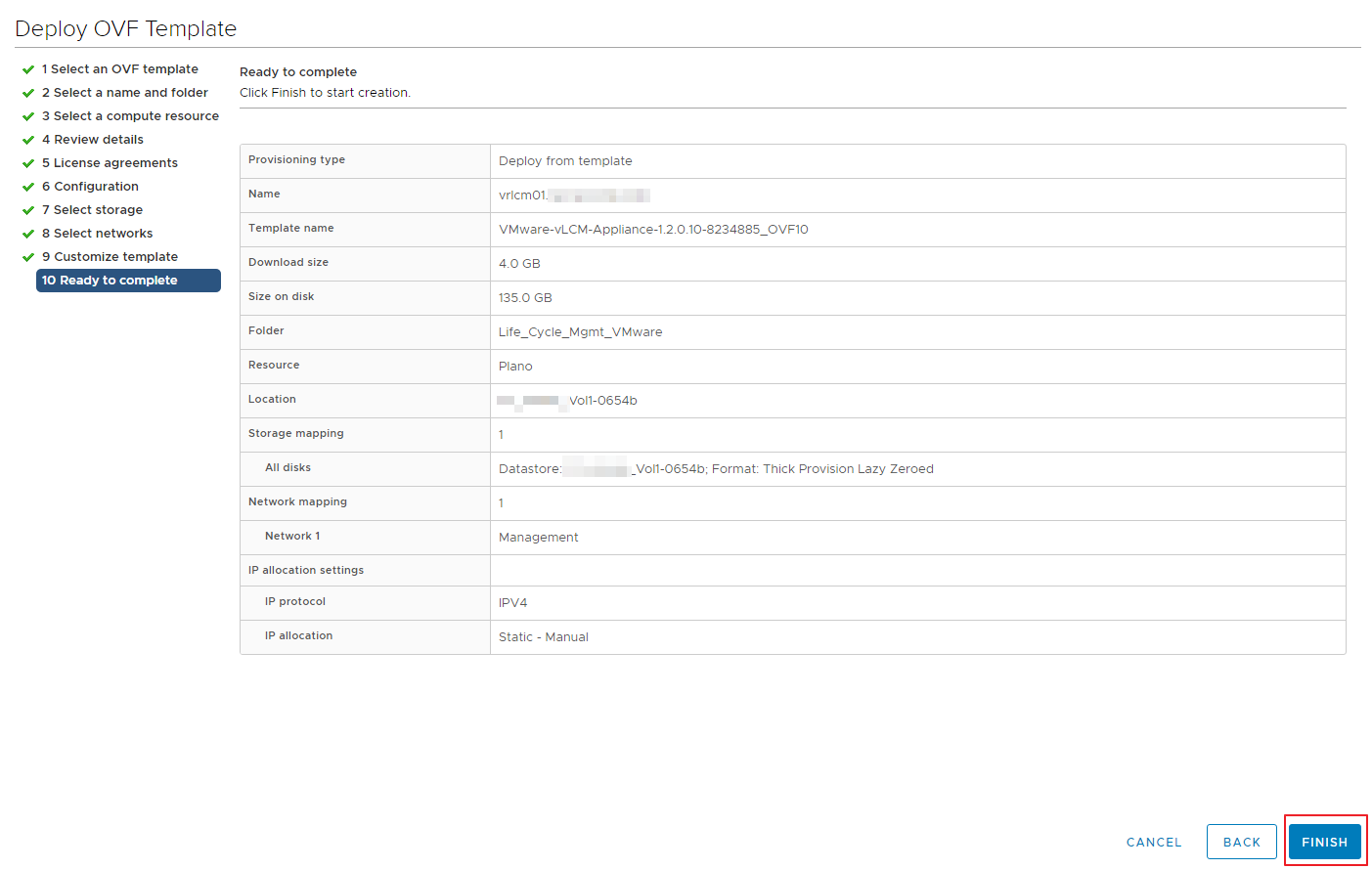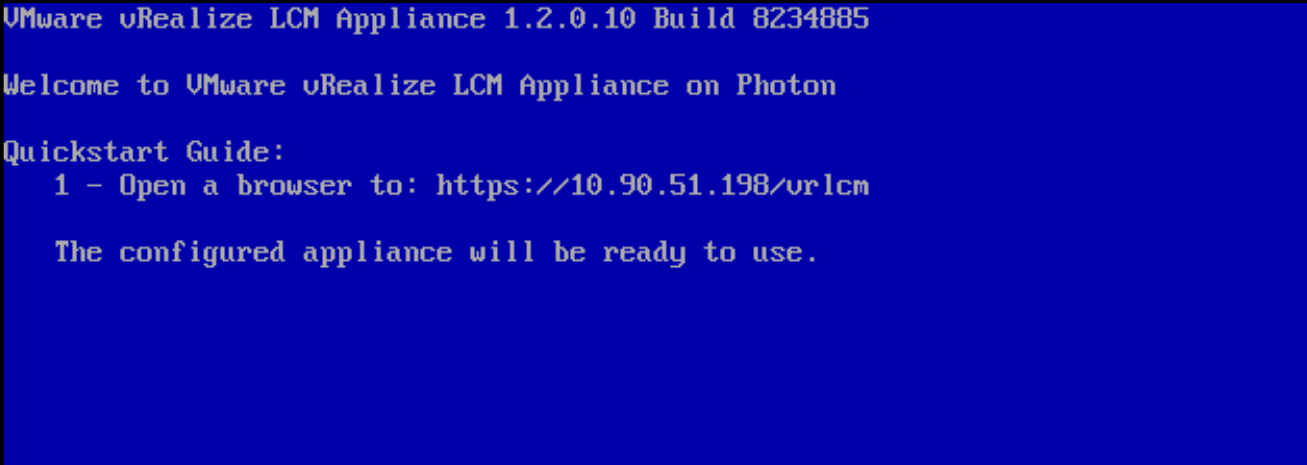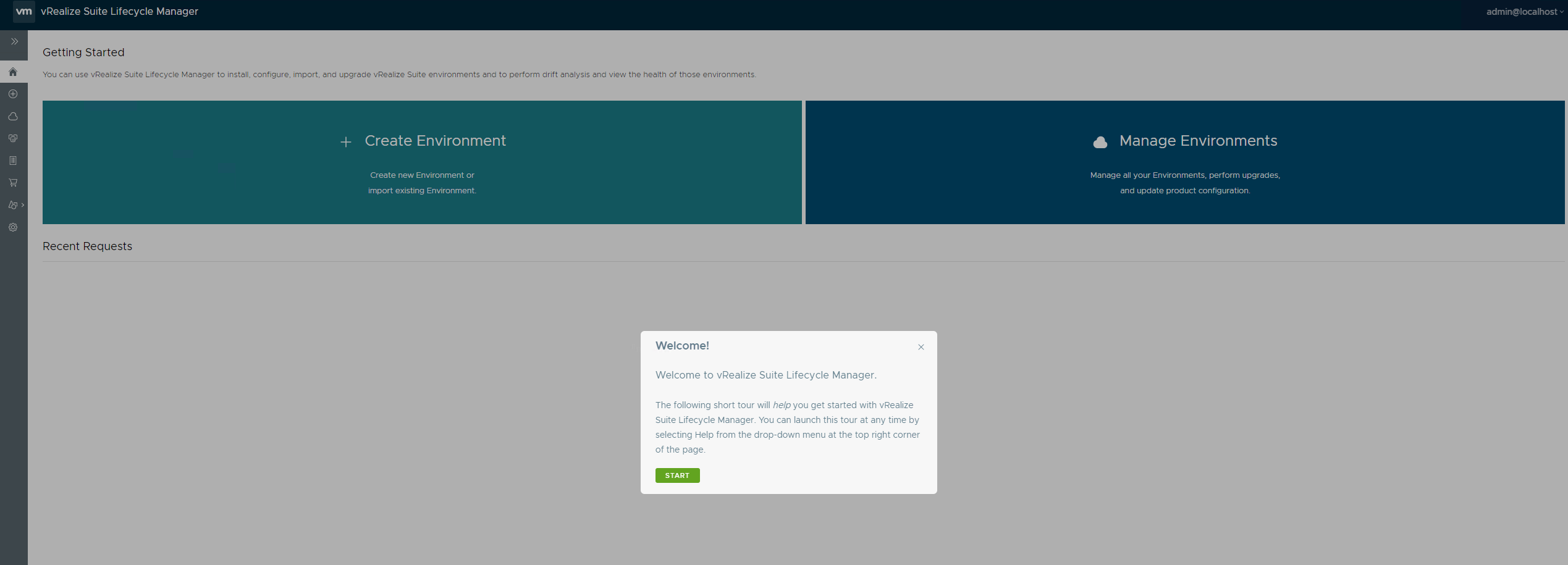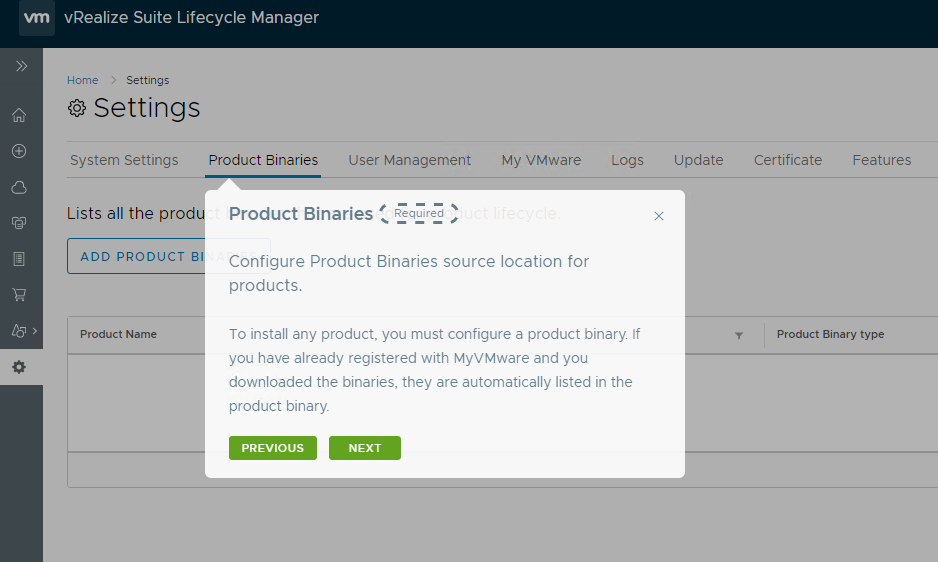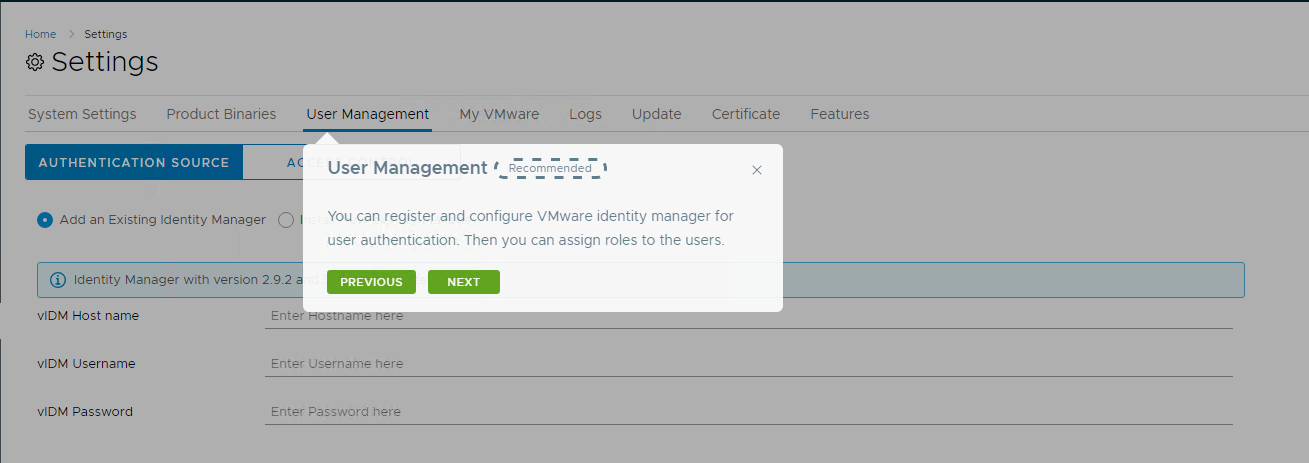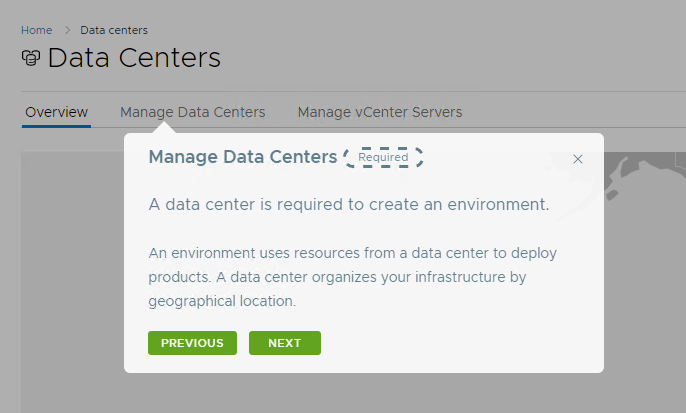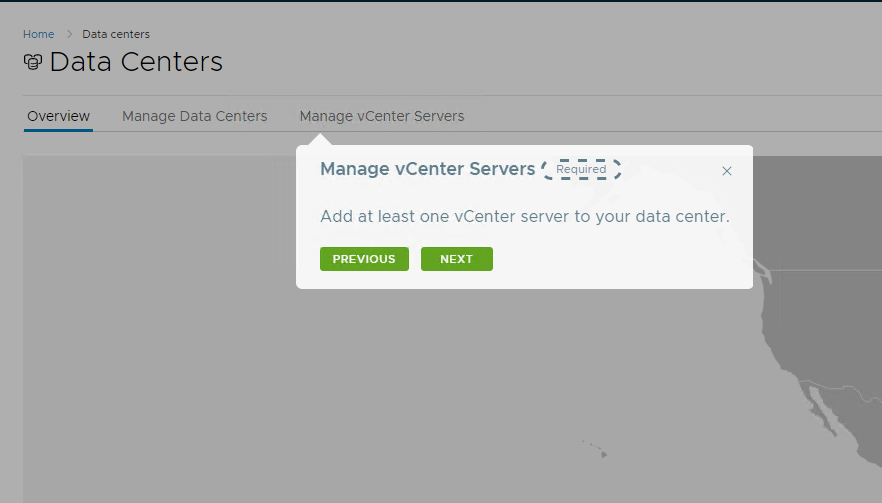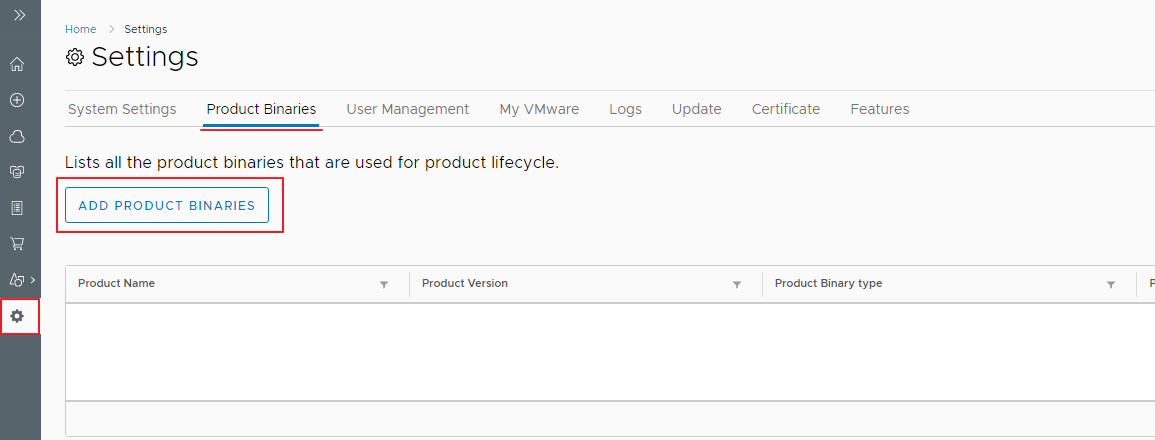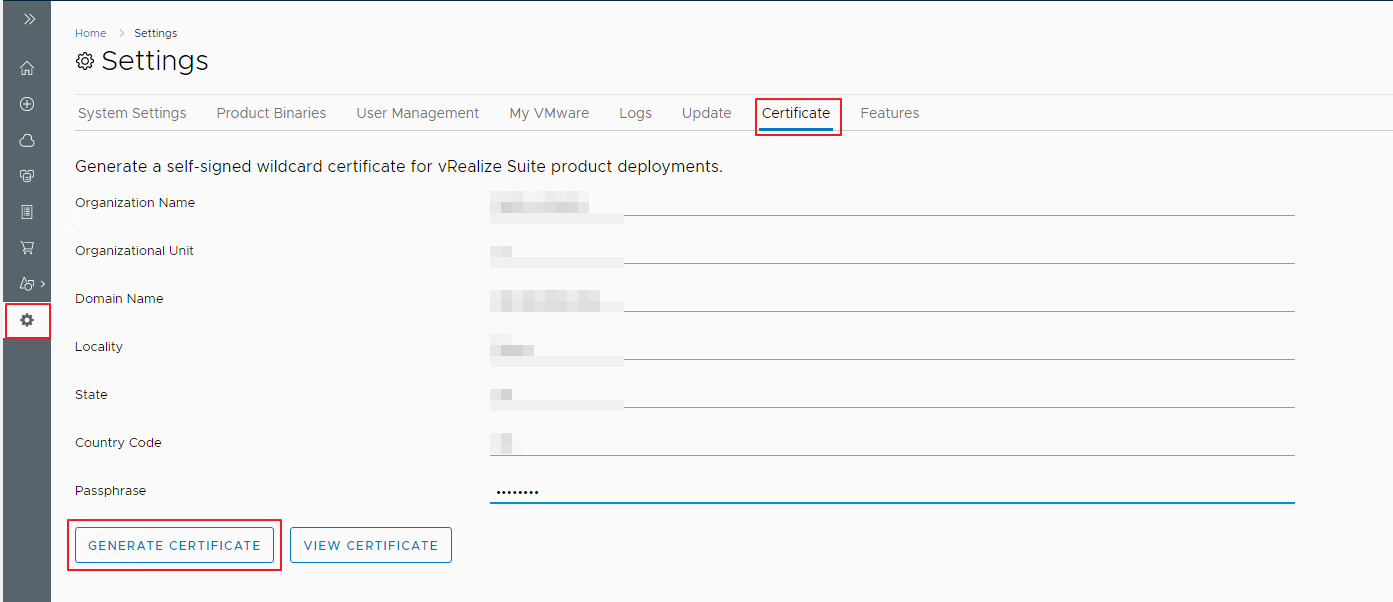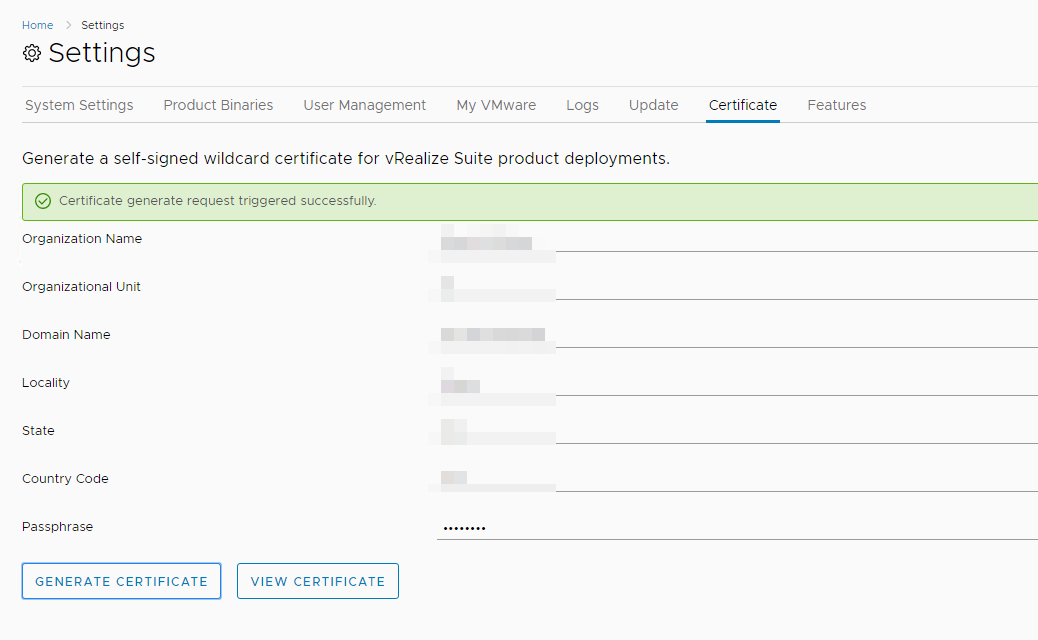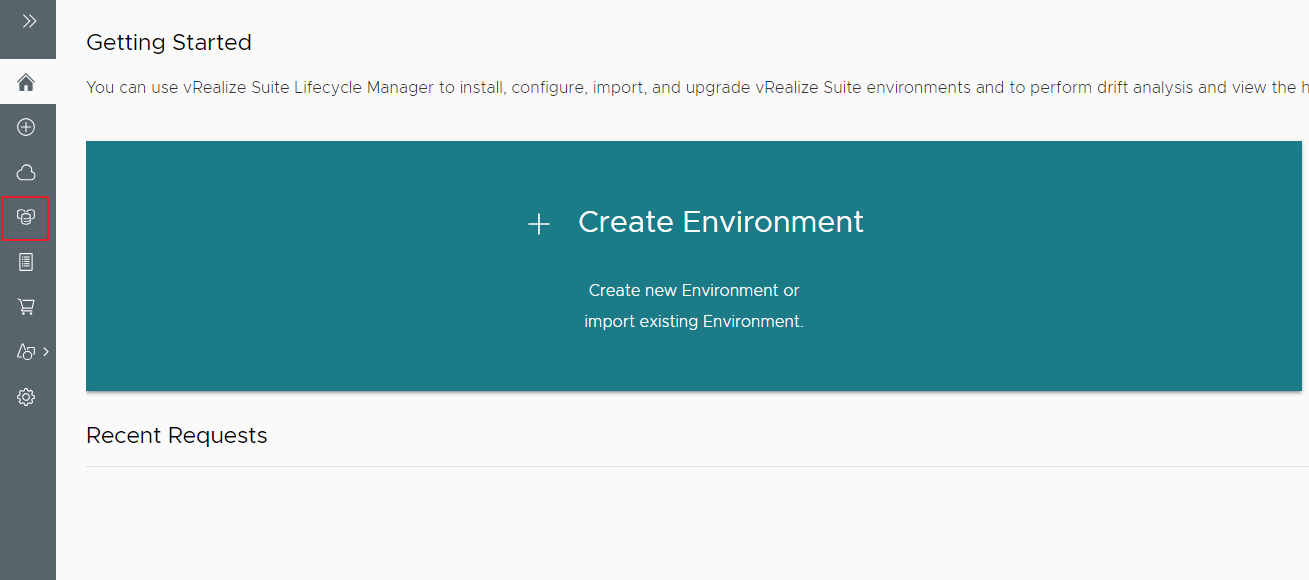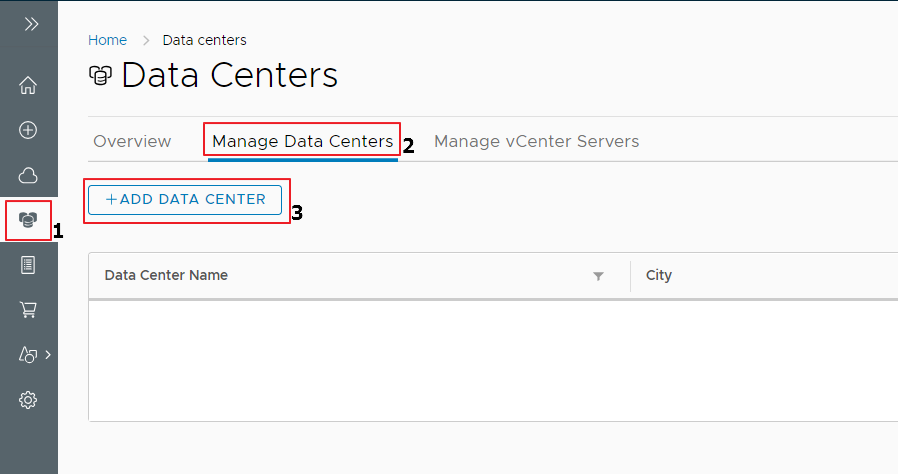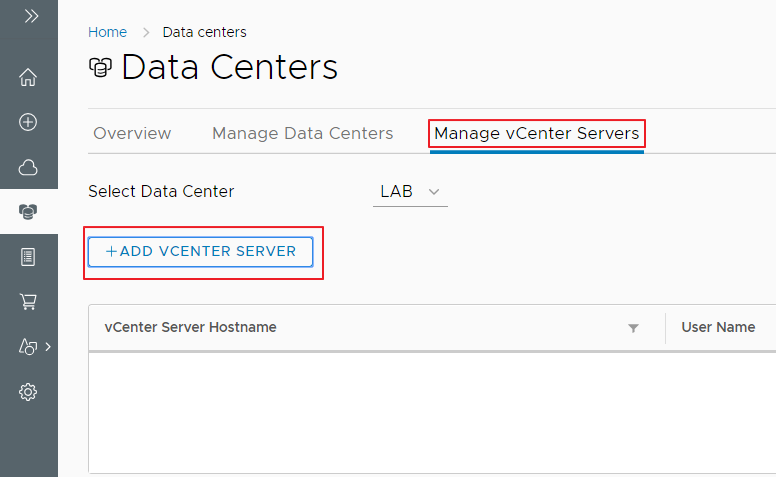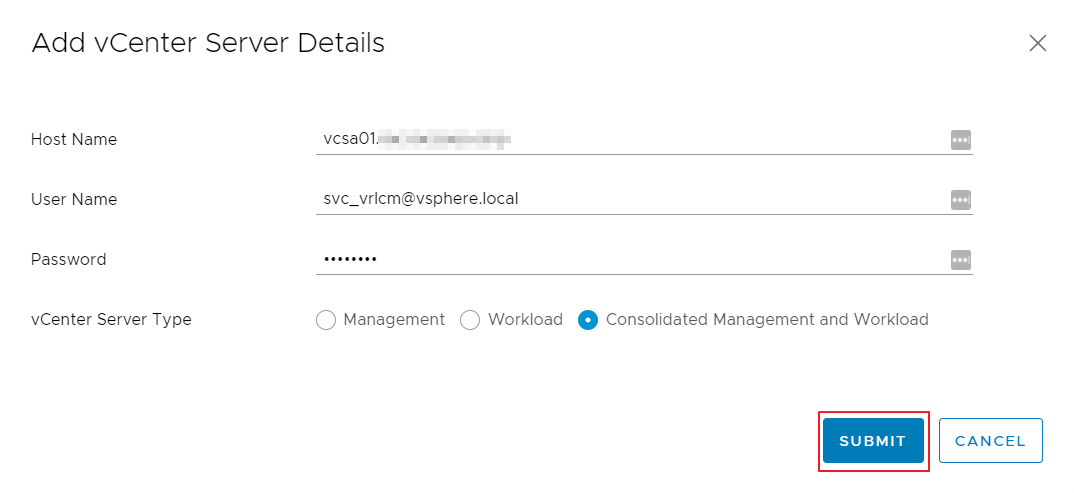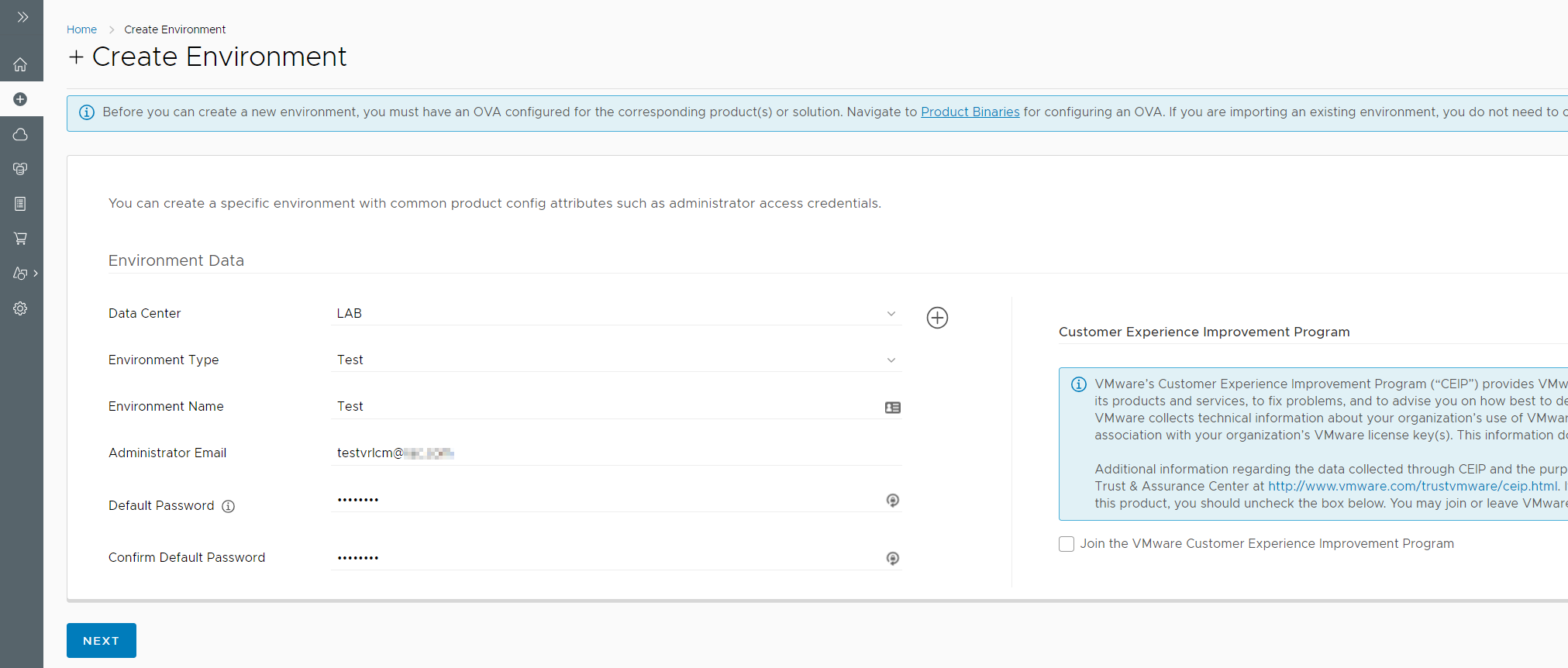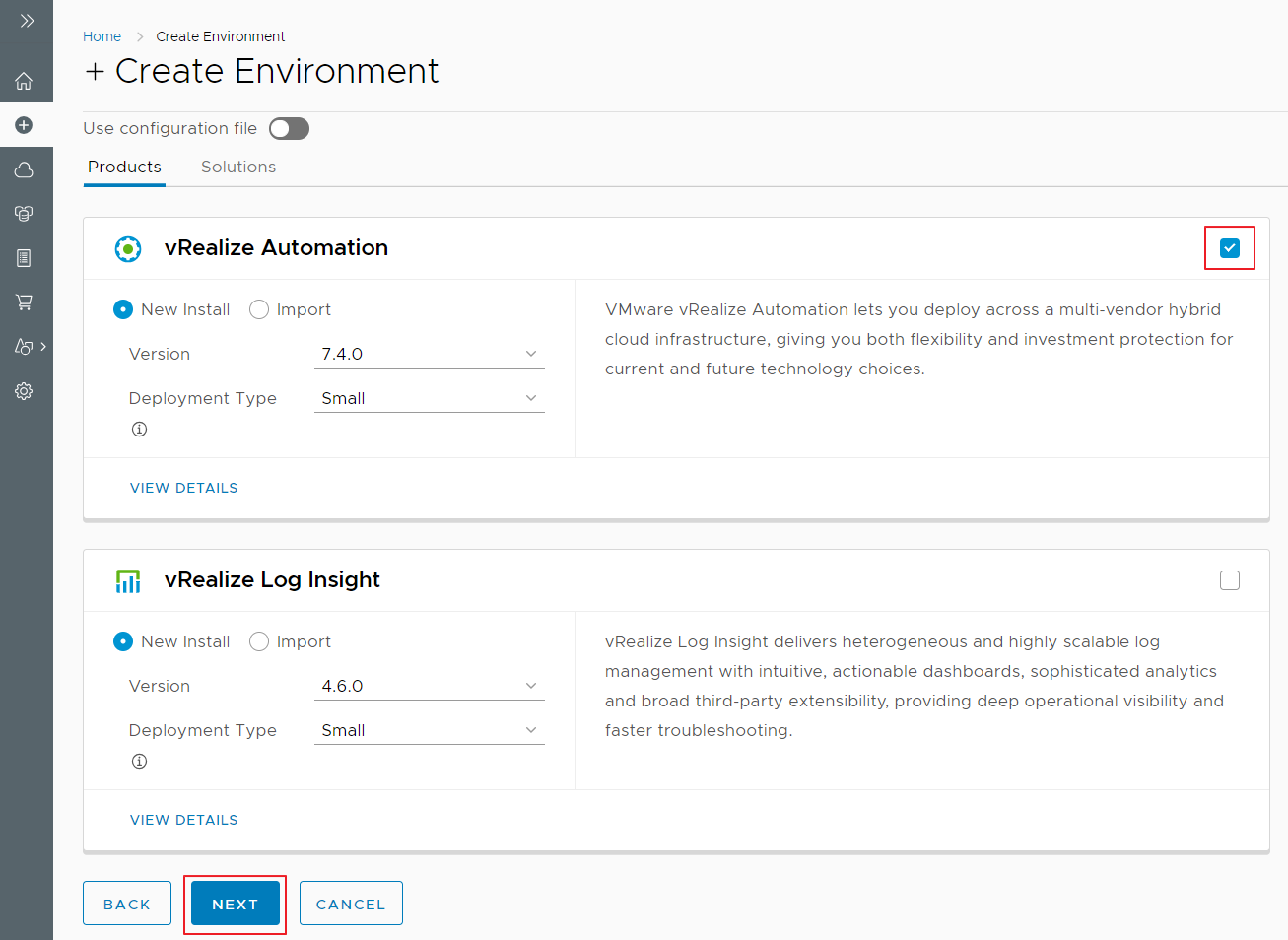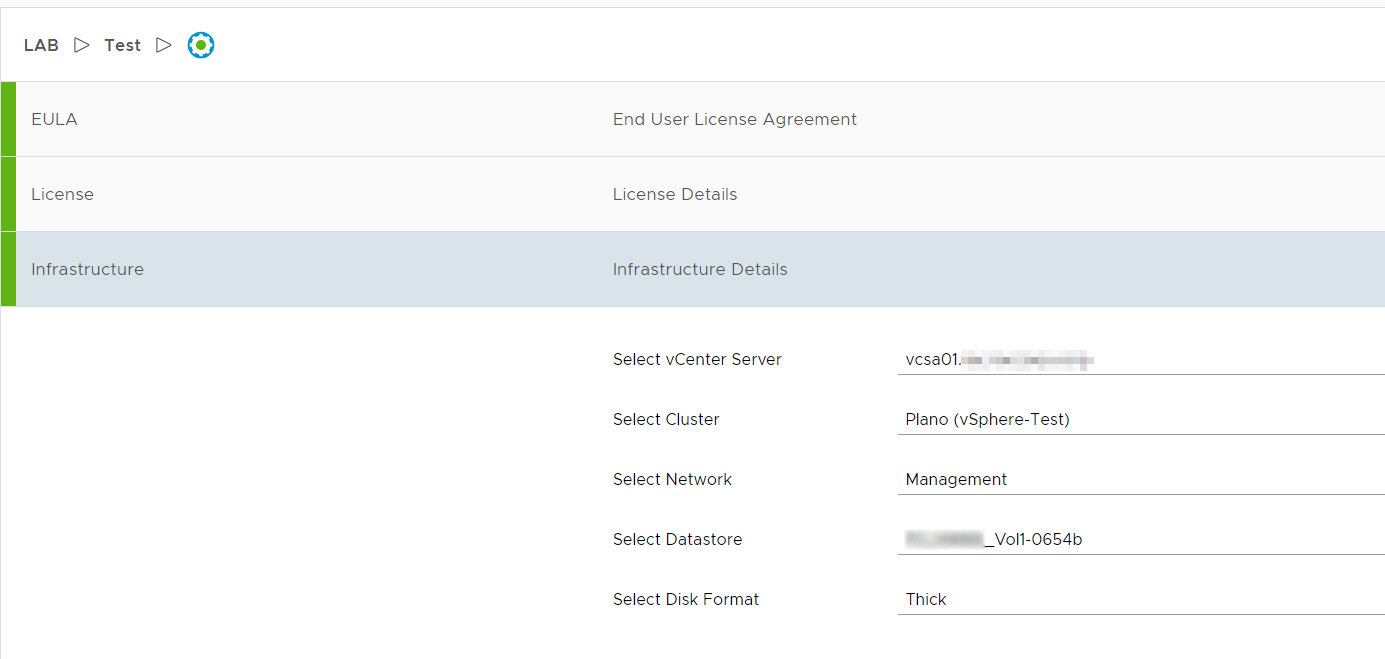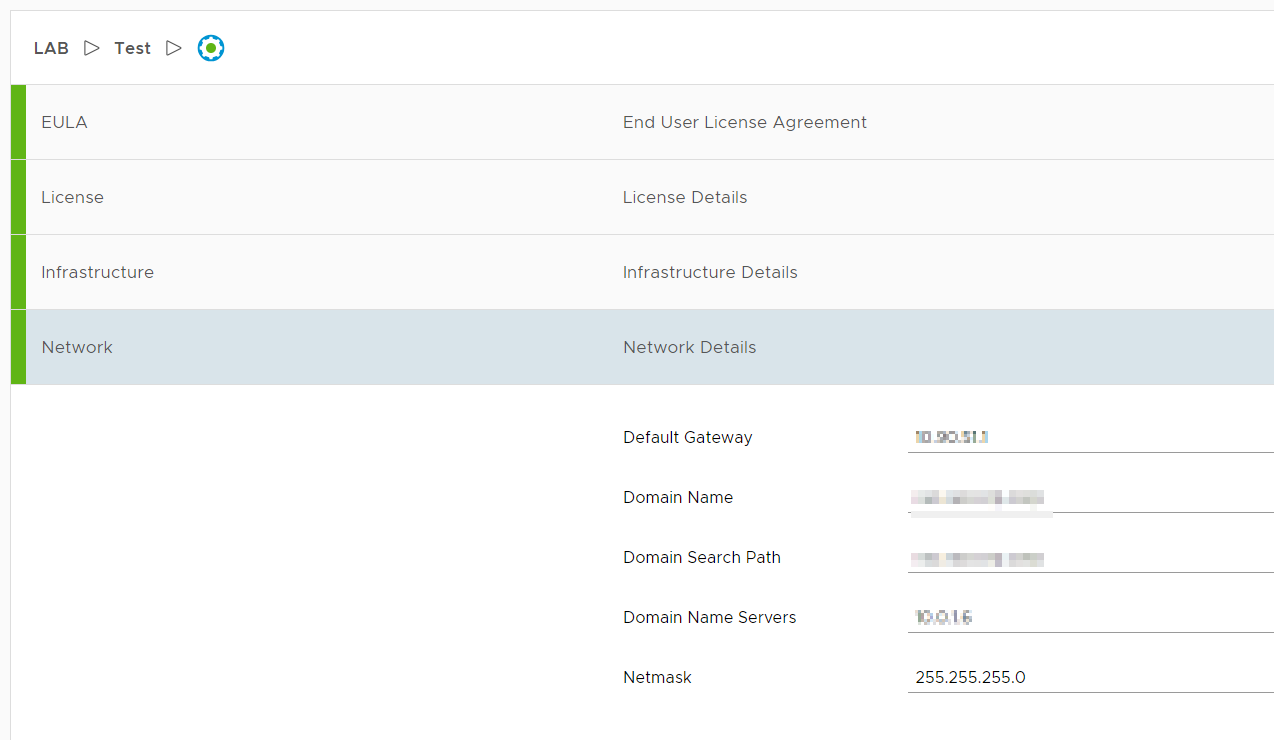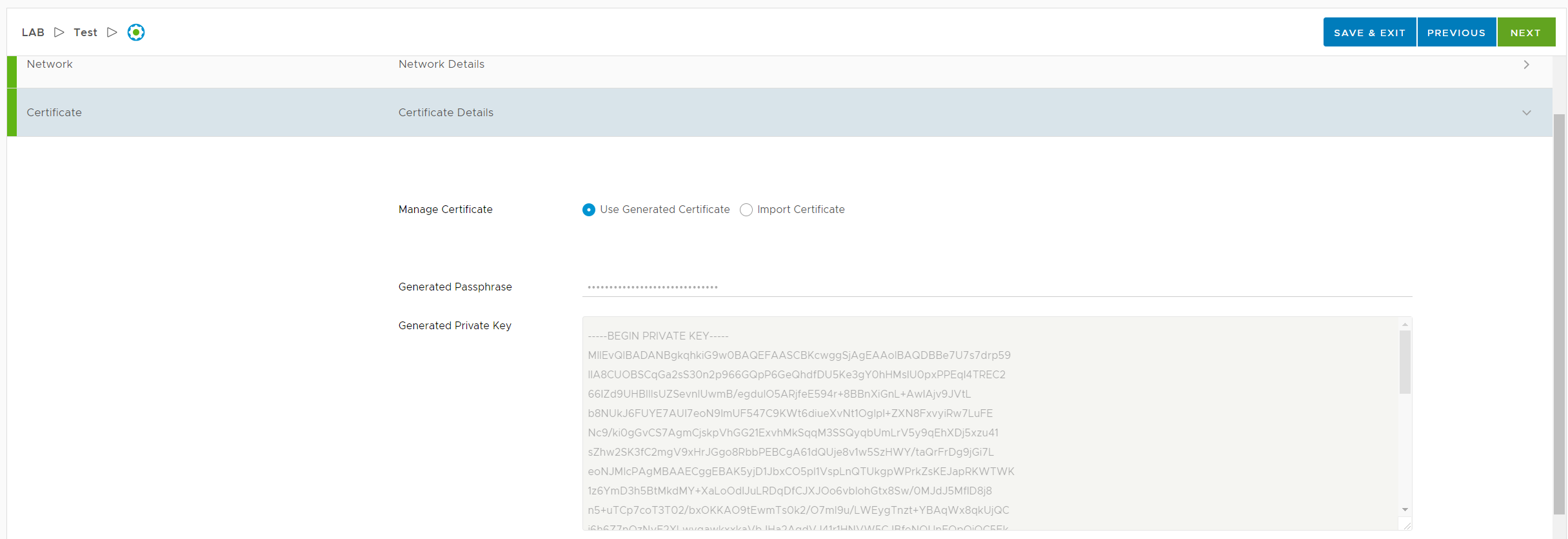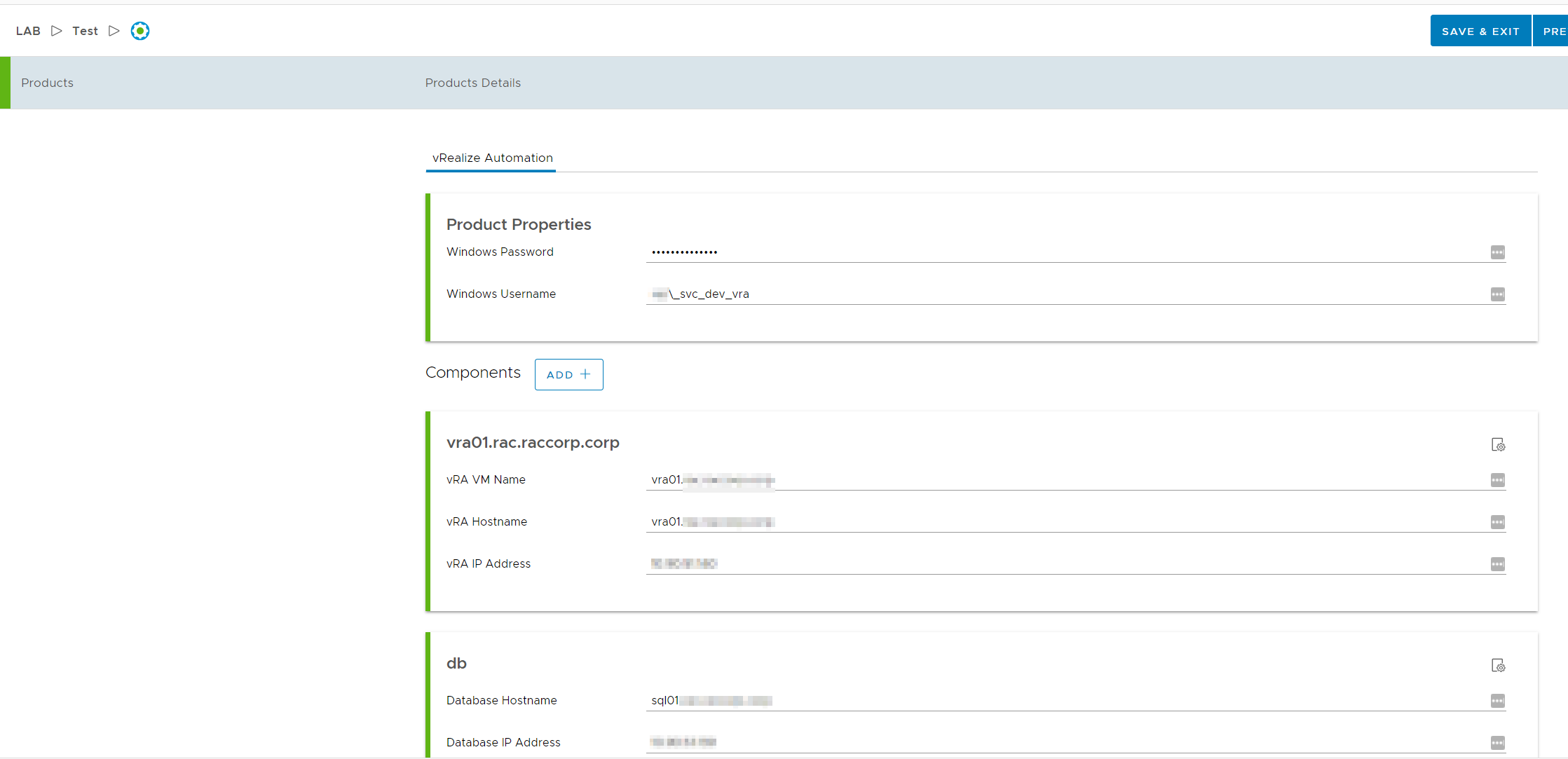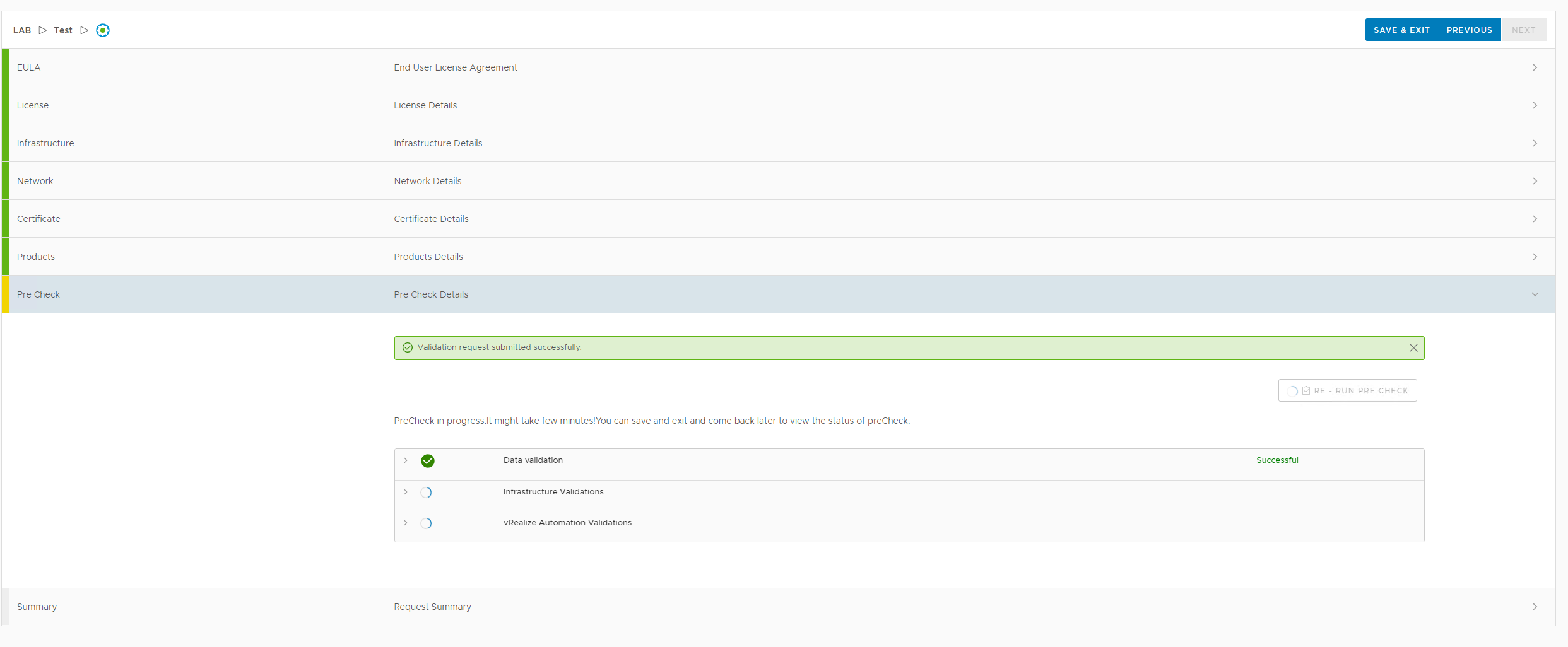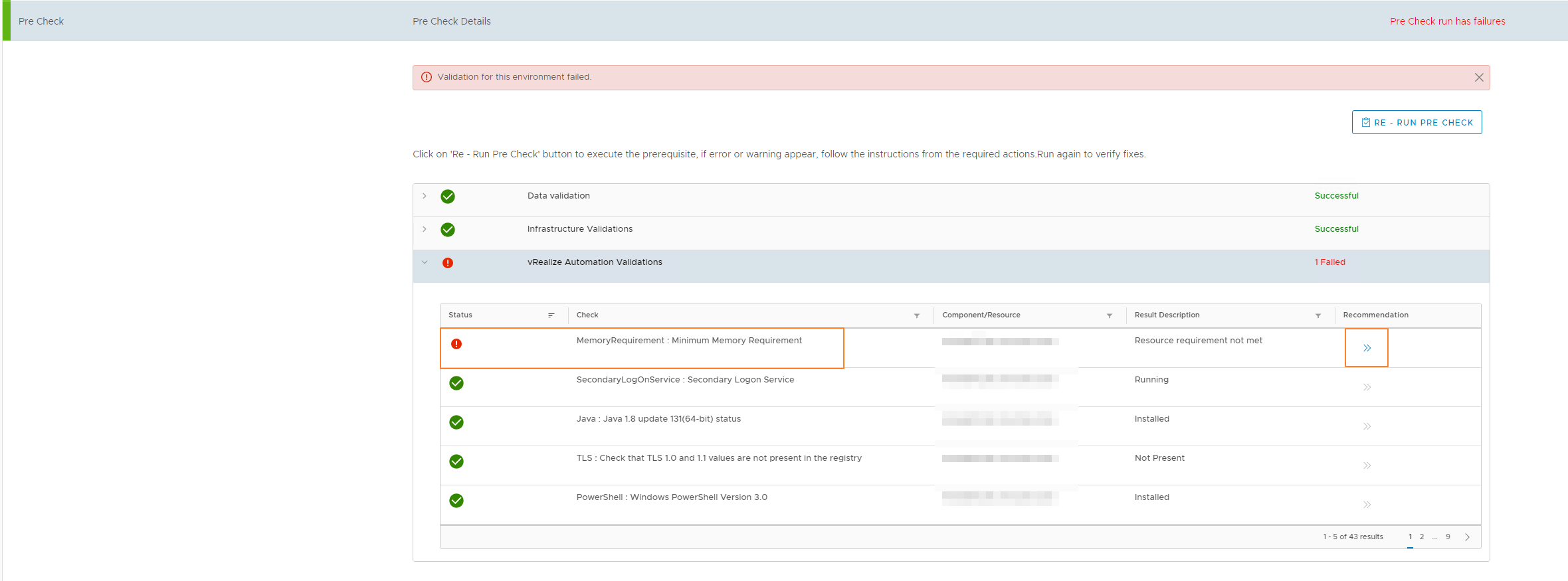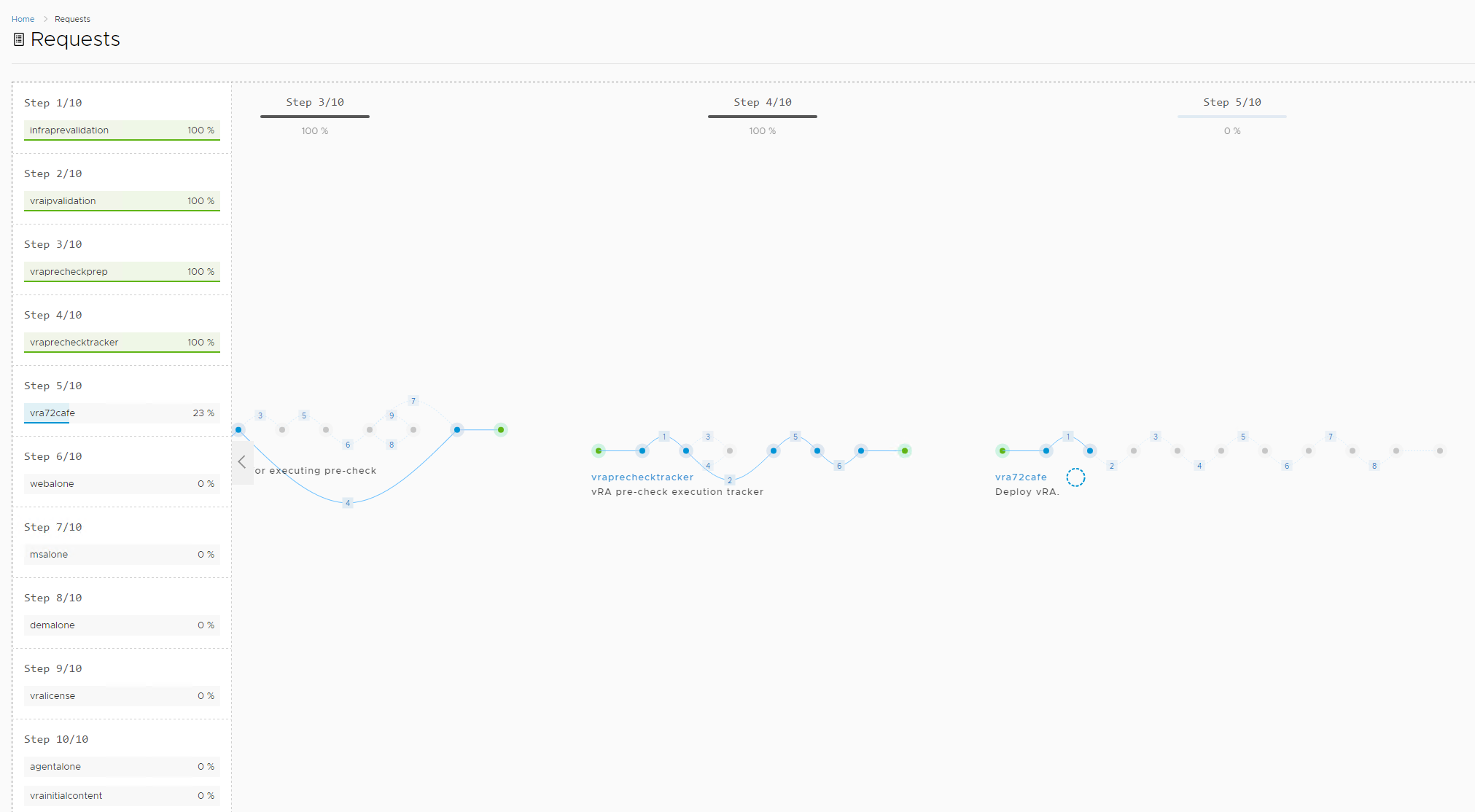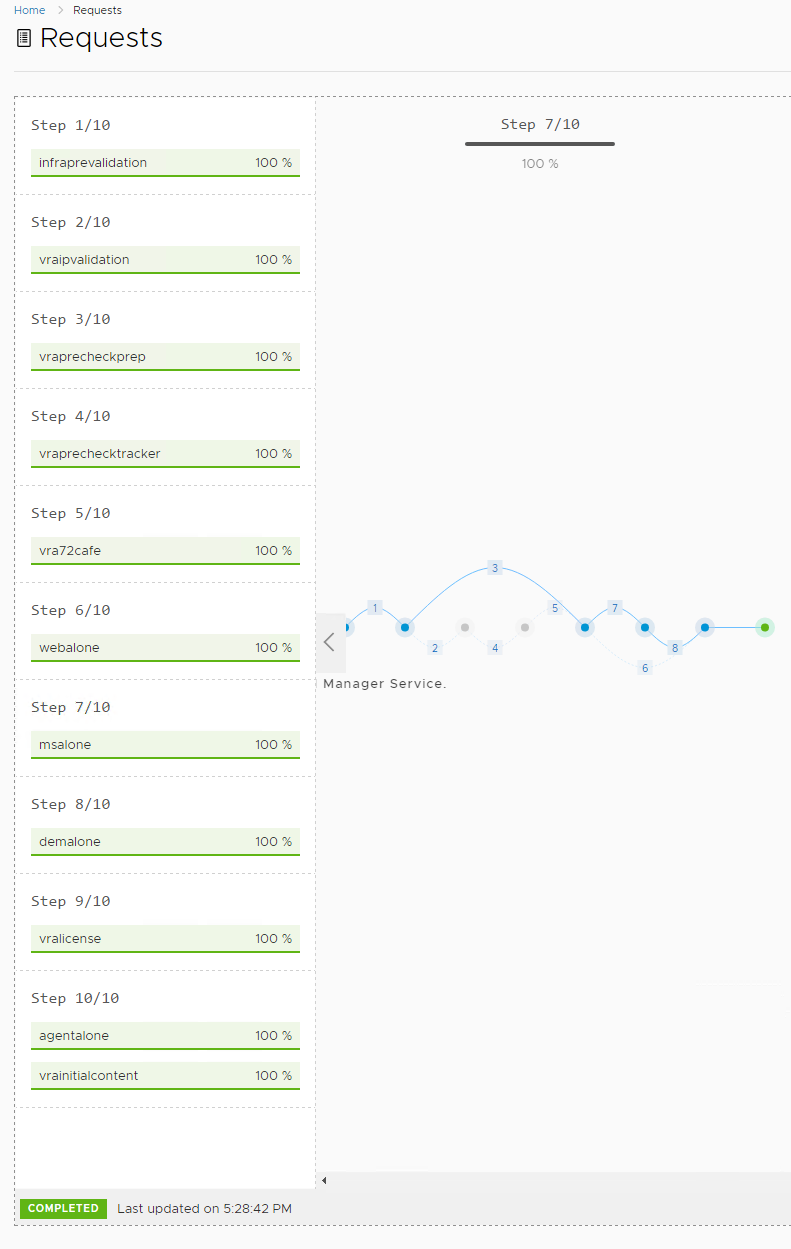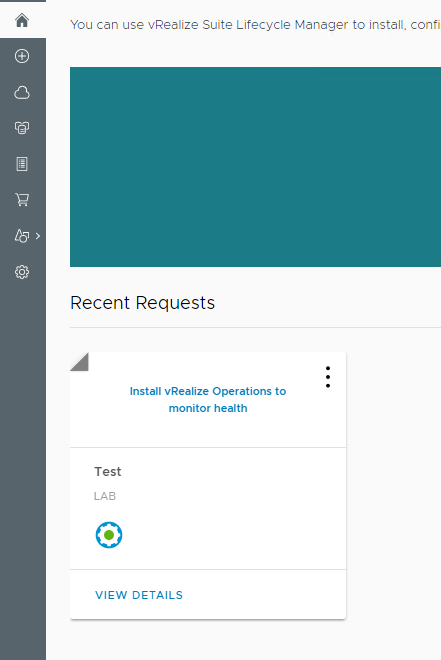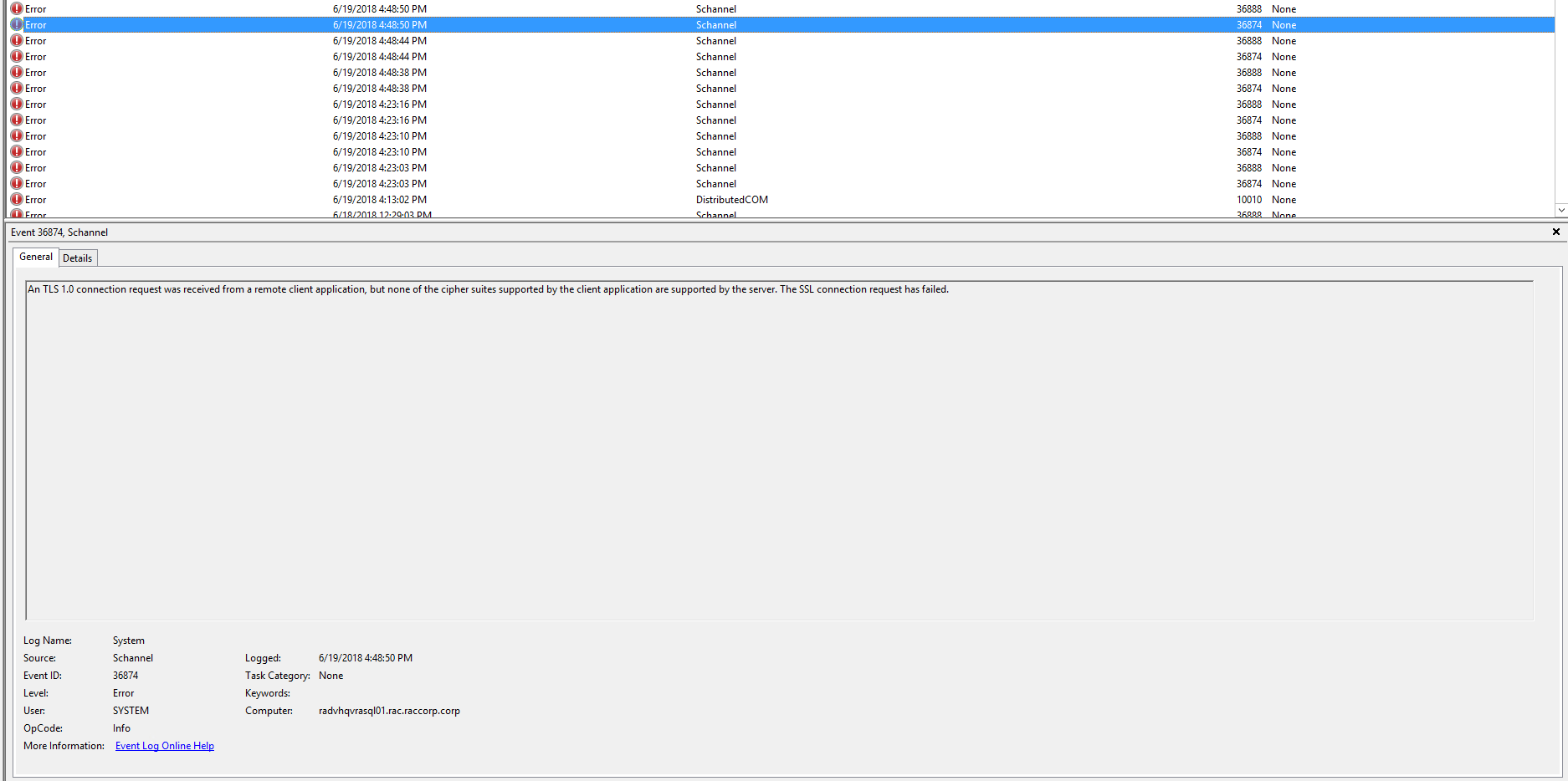Recently I came across an issue trying to change the SSO account (administrator@vsphere.local) password from the SDDC Manager using the Rotate password option under Security in VCF 3.11
I tried to Rotate the SSO password using the SDDC Manager, and got the following error:

However, Interesting thing is the sddc manager did change the SSO password in the backend
However, to check on this error, I dug a little deeper and saw the following error in the password rotate task:

I used the following command to check the operationsmanager.log to check the log in SDDC Manager
less /var/log/vmware/vcf/operationsmanager/operationsmanager.log

The log also shows that the sddc manager is trying to change the sso credential (administrator@vsphere.local) on VRA endpoints
I had to open a VMware Support ticket and here is the answer I received:
“As per the Engineering team this issue is due to a misconfiguration of vRA endpoints. SDDC Manager is trying to change the administrator@vsphere.local on the VRA endpoints but VRA endpoints are configured with a different user (vcf-secured-user@vsphere.local). This issue is addressed in VCF 4.x”
What the VMware Engineering team is saying is that in VCF 3.10.x, 3.11 there is an issue with VRA as it is typically configured using a different tenant admin instead of using administrator@vsphere.local user to configure the endpoints in it. However, the SDDC manager is trying to change the administrator@vsphere.local credential on VRA endpoints. Hence this issue. Looks like this issue has been fixed in VCF 4.x
This resolves the issue at this time as we will be working to upgrade our VCF to 4.x soon.

































